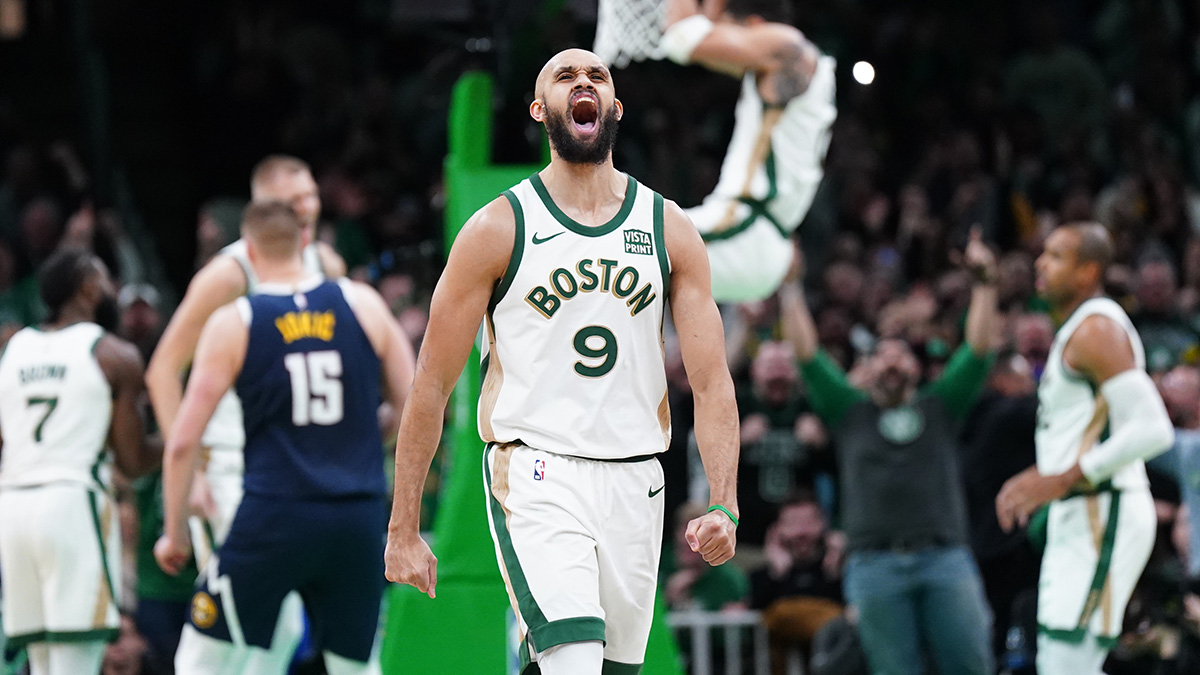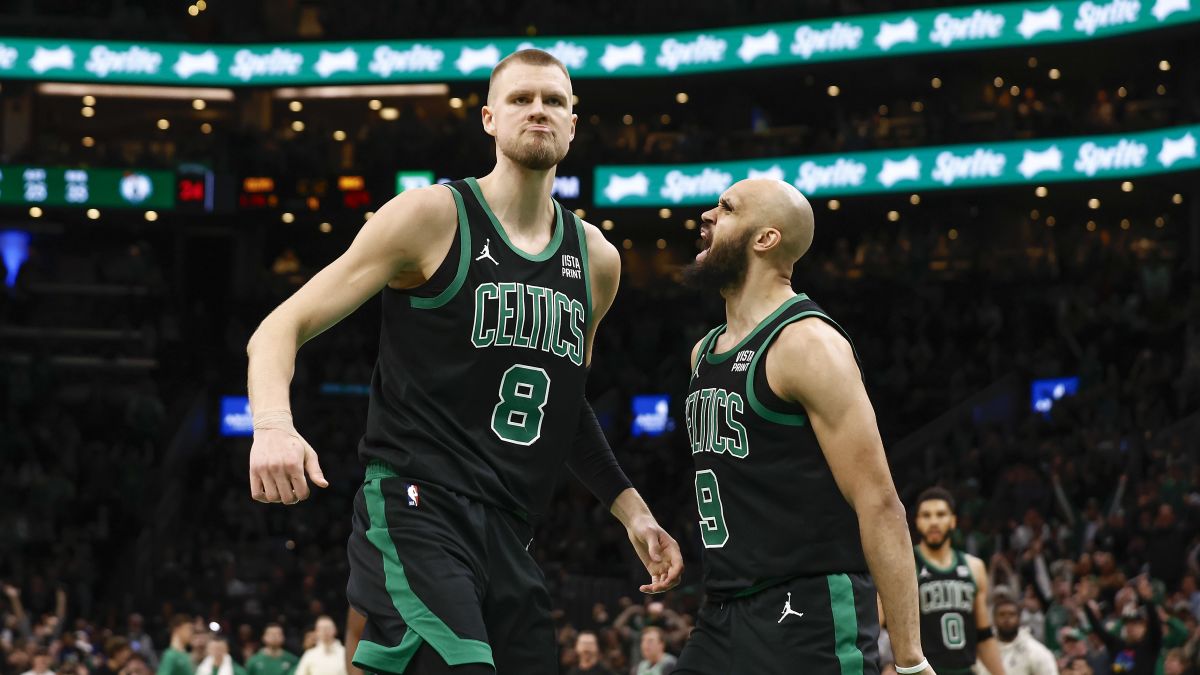When close losses become the norm rather than the exception, often the first stat line fans hone in on, other than the final score of course, is the free throw numbers.
Boston Celtics, Los Angeles Lakers, Golden State Warriors, it really doesn’t matter.
Fans for every NBA team feel their guys get screwed by the referees on a nightly basis in not getting to the line as often as they should.
So that in itself makes the Celtics not all that different when it comes to this subject.
But when a team consistently fails to get to the line as much as the Celtics do, well it makes you wonder … why is that?
Is there an explanation for this beyond the ‘we’re not getting enough calls’ club?
There is actually.
Boston Celtics
When I think about the Celtics and free throw shooting, the late Denny Green comes to mind when he said, "They are who we thought they were …”
The Celtics are not built to be a team that will get to the free throw line a lot.
Free throws mostly come about because of a player or team’s ability to drive into the lane and create contact consistently.
It is that latter point – “consistently” – which is often why Boston comes up on the short end of the free throw game.
Isaiah Thomas is still out with a right groin injury.
But when healthy, no one attacks the paint on the Celtics roster like Thomas.
That’s why he ranks among the league leaders in free throw attempts per game (8.8, 7th in the league) which is fueled by him being a high-volume driver.
Thomas averages 14.1 drives per game which is second only to Miami’s Goran Dragic (14.4) in that category.
And then there’s a huge Mount Kilimanjaro-like drop-off before you find another Celtic ranked among the NBA’s top drivers.
Next up for Boston when it comes to penetration is Avery Bradley whose 3.6 drives per game ranks 96th in the league.
Marcus Smart (3.1 drives) and Terry Rozier (2.5) are next on the drive chart, coming in at No. 110 and 135, respectively, in the NBA.
And when those guys drive, they’re often looking to dish to a teammate for an open jumper or relatively open 3-point attempt.
So you have combination of guys who don’t drive the ball a lot and when they do, they’re more likely to pass than shoot the ball or draw contact for a foul.
But the Celtics are far from alone when it comes to the drive-and-kick.
The Celtics average 28.4 drives per game which ranks 10th in the NBA.
Of the top-10 driving teams, most of them (the Celtics included) don’t generate a significant chunk of their points from the free throw line.
In fact, of the top-10 teams in drives per game, none rank among the top-6 in the NBA in percentage of points off free throws despite doing what gets you to the line the quickest which is drive the ball.
Prior to games played on Monday night, the Miami Heat averaged an NBA-leading 36.8 drives per game. And yet when it comes to the team’s percentage of points from the free throw line, they ranked 28th in the NBA with .151 percentage (Boston isn’t much better with their .153 percentage which ranks 26th in the league).
But those drives are positioning the league’s best at driving the ball, to rack up a good number of assists which is evident by three of the league’s top-5 in assists (Houston, Boston and Milwaukee) also being ranked among the top-10 in drives per game which helps explain the value teams find and the success for that matter, in drive-and-kick plays.
And for those who believe the Celtics have fallen off considerably in terms of free throws without Thomas, consider this.
For the season, Boston’s 20.3 free throw attempts per game ranks 26th in the NBA.
In the three games without Thomas, the Celtics average 19.7 free throws attempted which ranks – you got it – 26th in the NBA.
So this isn’t about referee bias or injuries or anything like that.
It’s about the Celtics playing to the strengths of their roster which they believe include perimeter shooting that’s often set up by drives to the basket.
The Celtics have not shot the ball as well of late, but they still rank fifth in 3-pointers taken (31.2), 12th in 3-point percentage (.358) and are one of just six teams (Houston, Cleveland, Golden State, Portland and Brooklyn are the others) averaging more than 11 made 3's per game.
And Boston’s penchant for putting up lots of 3-balls … that ain’t gonna change anytime soon.
But that makes them not all that different than most teams who are all-in on the analytics which make it pretty clear that having as many long-range shooters on the floor as possible is a good thing even if it comes at the cost of not getting to the line.


